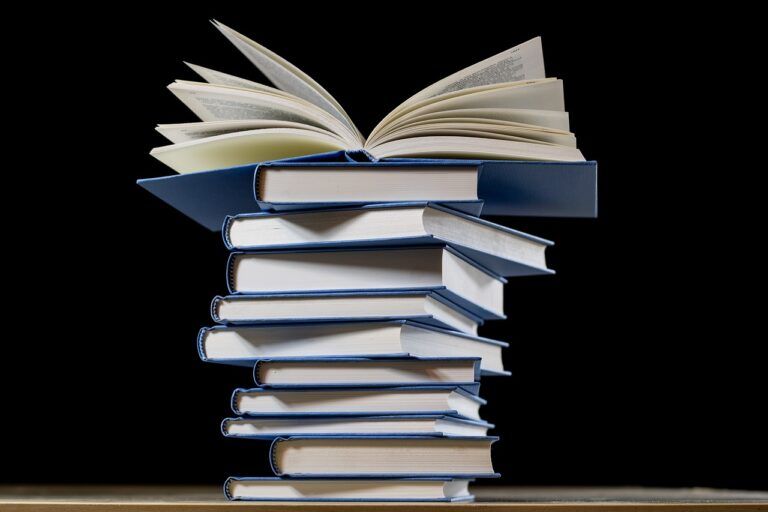Cultivating Media Literacy in Educational Settings
Media literacy is crucial in today’s educational landscape as it equips students with the necessary skills to critically evaluate and analyze the information they encounter. With the proliferation of media platforms and the ease of sharing information online, students are consuming a vast amount of content daily, making it essential for them to discern between credible sources and misinformation.
By integrating media literacy into the curriculum, educators can empower students to become discerning consumers of media, enabling them to navigate the digital world with confidence and awareness. Media literacy also fosters a deeper understanding of the influence media has on shaping opinions and attitudes, helping students to develop a more critical perspective towards the messages they encounter.
Understanding the Influence of Media on Students
In today’s digital age, students are constantly bombarded with information from various media sources, including social media, news outlets, and online platforms. Whether they are aware of it or not, these media messages have a significant impact on their thoughts, beliefs, and behaviors. The influence of media on students can shape their worldview, perceptions, and attitudes towards different issues and topics.
From advertising to entertainment to news coverage, the media plays a powerful role in shaping how students view the world around them. It is important for educators to help students develop critical thinking skills to navigate through the influx of information they receive daily. By understanding the influence of media on students, teachers can empower them to analyze, question, and evaluate the content they consume, ultimately enabling them to become more informed and discerning individuals.
• Media messages can shape students’ thoughts, beliefs, and behaviors
• The influence of media on students can impact their worldview and attitudes towards various issues
• Educators play a crucial role in helping students develop critical thinking skills to navigate through media information
• Understanding the influence of media can empower students to analyze, question, and evaluate content they consume
Identifying Fake News and Misinformation
In today’s digital age, the spread of fake news and misinformation has become rampant, impacting individuals of all ages, especially students. With the easy accessibility of information online, it is crucial for students to develop media literacy skills to discern fact from fiction.
One common red flag of fake news is sensationalism, where headlines are exaggerated to evoke strong emotions from readers. Additionally, bias in reporting can skew the presentation of facts, leading to a one-sided view of a story. By teaching students to critically analyze the credibility of sources and cross-check information, educators can empower them to navigate the media landscape wisely and make informed decisions.
Why is media literacy important in education?
Media literacy is important in education because it helps students critically analyze and evaluate the information they consume. It teaches them how to discern credible sources from fake news and misinformation, and encourages them to think critically about the media messages they encounter.
How does the media influence students?
The media can influence students through its portrayal of certain issues, events, and people. It can shape their opinions, attitudes, and beliefs on various topics. It is important for students to be aware of this influence and learn how to navigate the media landscape effectively.
What are some ways to identify fake news and misinformation?
Some ways to identify fake news and misinformation include checking the credibility of the source, verifying the information with multiple sources, and looking for any bias or misleading language in the content. It is also important to consider the date of the information and whether it has been fact-checked by reputable sources.







